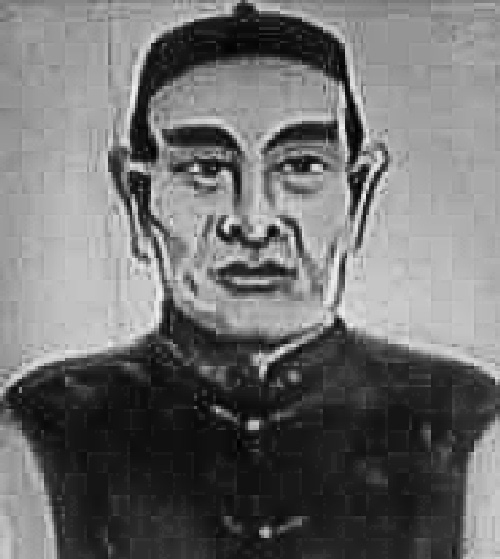Hung Hee Gung
Hung Hee Gung (Hung Hei Goon / Hung Hei Guan) (1745-1825) real name was Jyu, he was a descendant of Prince Ming Leung of the Ming Dynasty. The reign of the Ming Dynasty (1368-1644) was ended by the Manchus who conquered all of China and established the Ching Dynasty. The Manchu people exploited the people China, which was the cause of difficult life and discontent. As a result, numerous organizations were created with the aim of removing the Manchurian dynasty from China.
Due to his origins, Jyu joined the rebellion and when he was in danger, he went to the Southern Shaolin Monastery, where many rebels were hiding from the Manchu authorities. Jyu changed his name to Hung Hai Kwun - in honor of the first Ming emperor, who reigned under the name "Hungmou". At Shaolin Monastery, Hung became a student of the prior of the temple, Chee Shin. From him Hung learned the tiger style and Lohan style and the Fok Fu Kuen form. In those years, the Shaolin Monastery (around 1768) and Hung were destroyed and some of the rebels survived the attack on the temples. After the monastery was destroyed, Hung withdrew from the rebellion and married Lau Ying Cheun, who bore him a son, Hung Manding. During this time, Hung, working as a tea merchant, perfected his style. A few years later his wife died. Hung joined the rebellion again, at this time he met his future wife Fong Wing Chung, a master of the white crane style, from her Hung learned crane techniques, which he later incorporated into his style. Through meetings and mutual learning with other Kung fu masters, Hung learned the techniques of the other animals and the techniques of the five elements. Thanks to this, Hung's style became more perfect, and Hung himself became a better fighter. Thanks to his skills, Hung defeated many enemies, which earned him fame and respect. Continuing his efforts to overthrow the Manchurian dynasty, Hung traveled the barges of a Chinese opera troupe on the Pearl River - known as the "Red Boats". They were a refuge for the rebels and at the same time a place of training.








